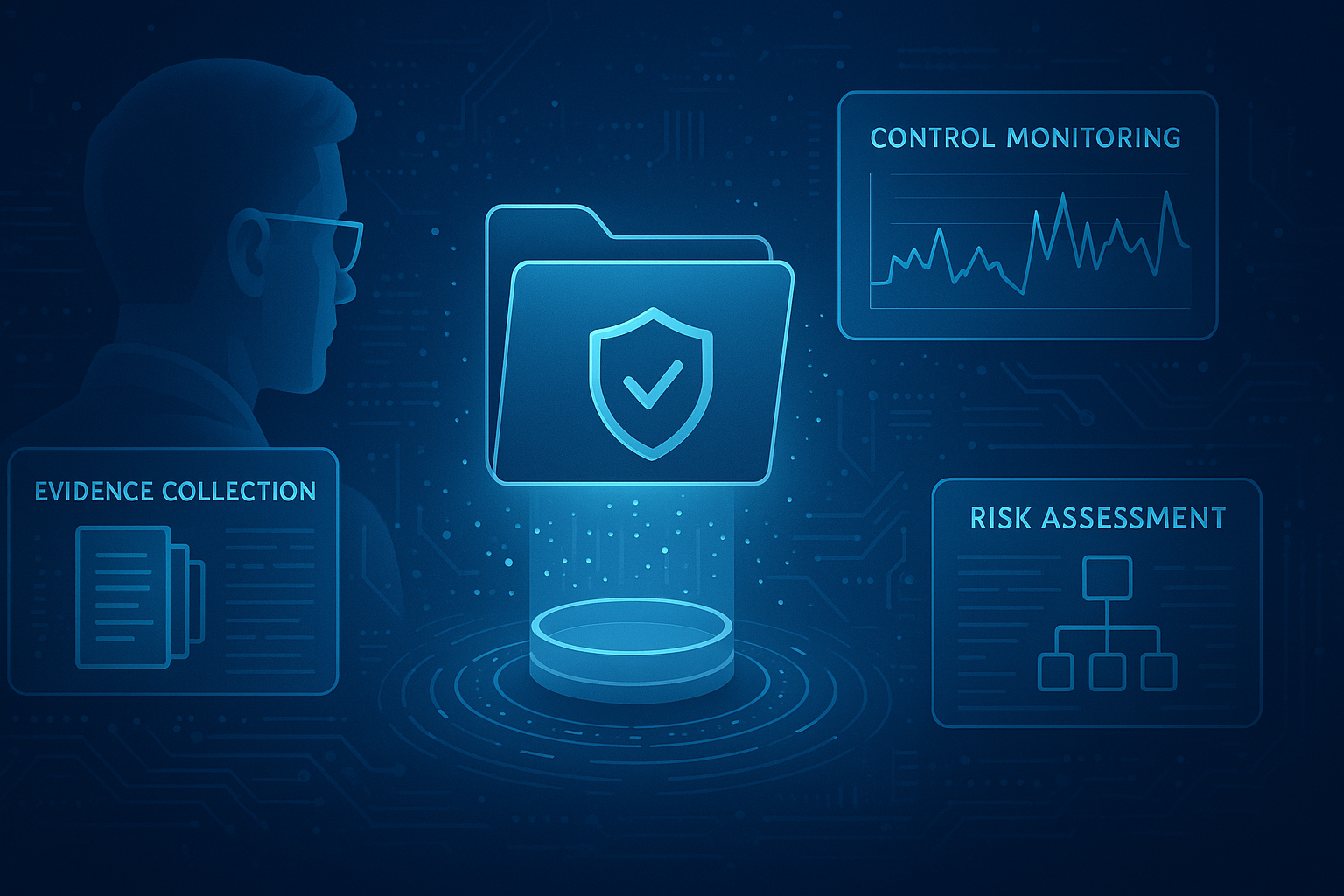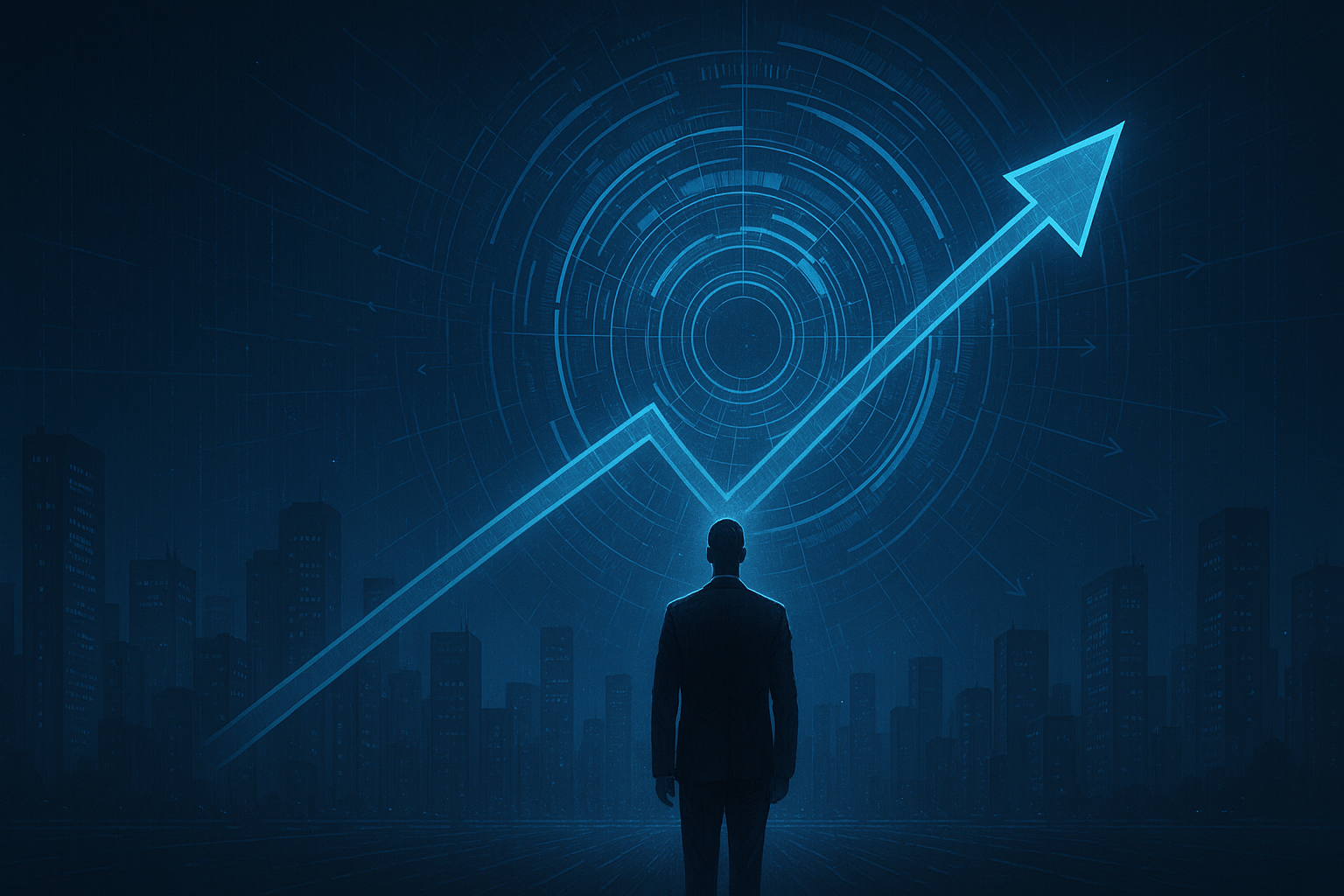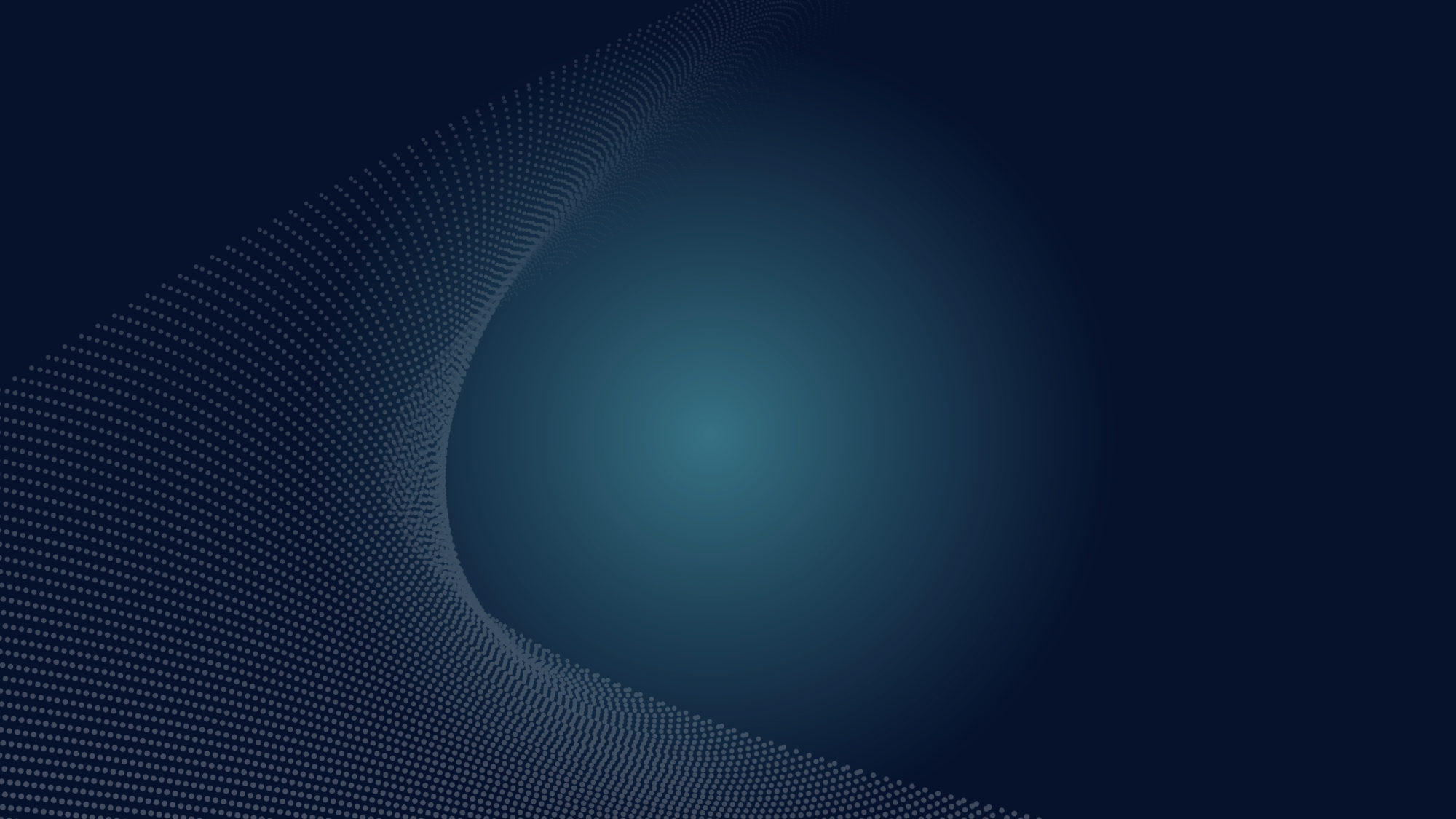Cyber and information security can be tough topics to digest. Adding on the element of risk can make things even more confusing for those unversed in cybersecurity, leaving CISOs and security teams unable to effectively communicate qualitatively risk exposures and security gaps. For members of the Board and C-suite to make decisions based on their organization’s risk exposure, they need to understand risk in numbers and the financial aspect of risk. It is insufficient to present ground-level qualitative data to the board and prove compliance. The nitty-gritty data must be communicated for effective decision-making and cybersecurity reporting to the Board and C-suite.
Risks exist in every enterprise’s IT, cyber, and vendor units. CISOs have been scrambling to find a methodology that quantifies risk, and FAIR, or Factor Analysis of Information Risk is a model that has solved this unique risk quantification problem. The FAIR model is an approach managed by The Open Group and is available to all, with information shared between those who have already implemented FAIR.
What is the FAIR Methodology?
The FAIR model equips CISOs with the ability to communicate meaningful measurements of risk exposure to executive leaders. The FAIR methodology breaks down risk data into two quantifiable categories: loss event frequency and loss magnitude. This will help security teams understand how often a security event may occur and the associated potential financial loss.
Using these two categories, the FAIR process will then break down the risk measured by identifying the components that make up the measured risk and how they impact each other. The degree of impact and kind of risk identified can be assigned a dollar value and then be explained as the potential financial loss due to exposure.
The FAIR approach to risk management incorporates standardized measurement scales for risk factors and taxonomy. FAIR model risk management translates risk into a financial value, which is its most standout value. This risk-based model is the only international standard Value at Risk (VaR) model for cybersecurity and operational risk. This will enable security professionals to run security in conjunction with the business instead of as a siloed component.
With the conversation framed in financial terms, business executives and other teams are more likely to prioritize cyber risk and security because cybersecurity is finally spoken in a language they can understand. CISOs and security teams can use FAIR to bridge the communication gap between executives and other enterprise staff. Board members are likelier to see security as an important business function and be inclined to buy in. Security leaders can explain RoSIs, cost-effective solutions, and effective approaches to management.
A FAIR-Based Approach to Cyber Risk Management
Now that you know what FAIR is, how can you get there? The first thing a security leader needs to do is assess their current risk management programs and security posture. The FAIR model is not a replacement for enterprise-wide risk management. Risk quantification leverages the information your risk operations distill for quantifiable analysis to drive economically focused cyber risk management. FAIR impacts your organization’s approach to risk assessments but needs to function in conjunction with a matured cyber risk management strategy.
Since cyber risk management strategies are centered on proactive analysis of internal and external risks, organizations require a comprehensive view across all business units, risk and compliance functions, key business partners, and external vendors. Enterprises should implement cyber risk management platforms that incorporate vendor risk management (VRM) to scale up their cyber strategy to address broader categories of risk.
Cyber risk quantification depends on your organization’s ability to collect and manage risk data. This is why mature organizations typically utilize FAIR, but it is not off the table for immature organizations.
Cyber maturity benchmarks an organization is ability to prevent breaches from becoming full attacks. To start off, organizations need to decide what level of risk they are willing to accept. Businesses must analyze risk and determine which identified risks are their highest priority. From there, organizations must decide their goals to adopt a risk management framework that best suits them.
Many steps can be taken as a company grows from a compliance approach to a business-centric approach. The NIST CSF tiers can act as a guide between cybersecurity risk management and operational risk management. Aligning with this framework will ensure that organizations run continuous assessments with flexibility as the regulatory environment shifts. The FAIR model can be mapped directly to the NIST-CSF subcategories “risk analysis mapping” and “risk taxonomy mapping.”
As an organization incorporates proactive risk management, tracking KPIs, executive and board involvement, and many other elements that mature a security strategy - the company will grow to a stage where security and risk are considered in all other business operations. Any attempt to incorporate cyber risk quantification before this growth would be pre-emptive as the organization would not have the framework to support the FAIR model or a cyber-aware culture to communicate the quantitative analysis.
Considered the fourth stage of risk and compliance maturity, this is the point at which the data collected informs the decisions made around risk and vulnerability strategies. At this stage, non-technical teams, executives, and board members must understand cyber risk to make informed decisions. A cyber-aware and risk-aware culture necessitates cyber risk quantification. FAIR can be integrated to quantify enterprise-wide risk using a cyber risk management solution like CyberStrong’s with vendor, IT, and cyber management capabilities.
How is the FAIR Methodology Different?
The FAIR model is exceptional in the degree of transparency it grants organizations. Following best practices and industry standards is valuable, but it cannot pinpoint the company’s top risks and their associated exposure. These “black-box” solutions, like Security Rating Services (SRS), provide no insight connecting the assessed risk data to offered solutions. SRS can provide quantitative information, but they typically use unclear and exclusive scoring methodologies and are used for public-facing digital assets.
CISOs cannot communicate the metrics to other team members or even explain how these metrics came about. Instead, a “glass-box” solution like the FAIR model gives transparent insight into the impact of time on security investments. During board presentations, CISOs are more likely to garner attention from board leaders if they present a clear and consistent process for determining security gaps and demonstrate the strategies to mitigate existing risks.
Learn more about critical CISO dashboards and metrics here.
Wrapping Up
The FAIR model unites team members under a universal language and establishes a standard taxonomy for information and operational risk. This quantitative approach can unite teams throughout an enterprise by describing risk, loss exposure, and threat communities in financial terms. Money is an element common to all business teams from the top down. With an established cyber risk management strategy, the FAIR model strengthens cyber-risk awareness in organizations and makes security easy for everyone to understand and support.
Schedule a conversation with the team to see how to implement FAIR risk assessments easily.





.png)
.png)
.png)
%201.png)
.png)




